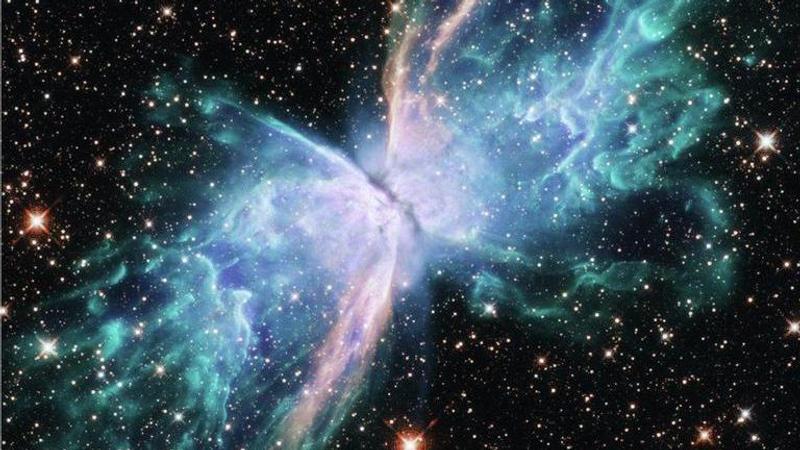Published 04:52 IST, June 22nd 2020
NASA's Hubble Space Telescope captures breathtaking images of butterfly nebula
NASA has released mesmerising pictures depicting two nearby young planetary nebulae, NGC 6302 and NGC 7027 captured by its Hubble Space Telescope.

United States' national space agency NASA has released mesmerising pictures depicting two nearby young planetary nebulae, NGC 6302 and NGC 7027 captured by its Hubble Space Telescope.
According to scientists, they are among the dustiest planetary nebulae and contain unusually large masses of gas. The nebulae, NGC 7027 and NGC 6302 (nicknamed the Butterfly Nebula of its wing-like appearance) began with dying stars. Scientists believe that their deaths were wild and fierce as the star is wracked with giant tremors, tossing tremendous measures of heavenly material out into the encompassing space.
Unprecedented levels of gas bubbles
The researchers have found unprecedented levels of complexity and rapid changes in jets and gas bubbles blasting off the stars at the centers of both nebulas. Hubble is proving helpful for researchers to converge on an understanding of the mechanisms underlying the cosmic chaos.
According to NASA, "The nebula NGC 7027 shows emission at an incredibly large number of different wavelengths, each of which highlights not only a specific chemical element in the nebula but also the significant, ongoing changes in its structure".
Scientists suspect that at the centre of both nebulas are — or were — two stars circling around each other, like a pair of figure skaters.
Image: @esa/Twitter
Updated 04:52 IST, June 22nd 2020



